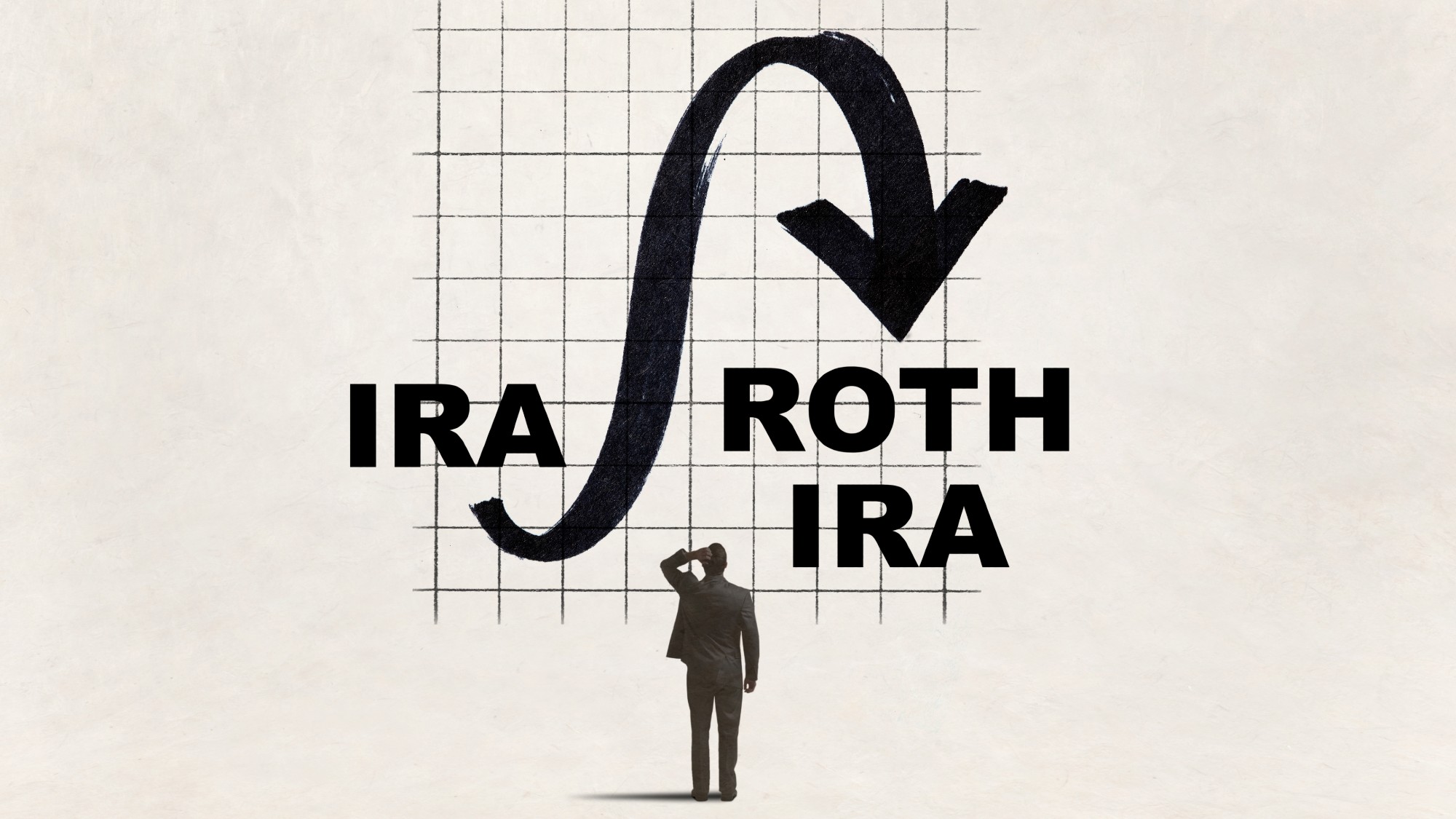The biggest changes to Social Security coming in 2026
They will include an annual cost of living adjustment and a higher wage cap


Amid persistent inflation and a flurry of changes under President Donald Trump, Social Security beneficiaries may be wondering what to expect for their benefits in the coming year. There are certainly some changes ahead, from annual cost of living (COLA) adjustment, which could increase monthly checks, to a higher wage cap, which could mean a bigger bite out of that monthly check due to taxes.
While the specifics of these shifts will not become public until mid-October, when they are typically announced by the Social Security Administration, many experts already have a good idea of what is to come.
A potentially more generous COLA adjustment
It is projected that beneficiaries will see a “2.7% to 2.8% increase to their monthly checks in 2026,” said CNBC, citing estimates based on the latest government inflation data. This uptick would mark an increase (though not a significant one) from the average 2.6% COLA adjustment over the past 20 years, per the Senior Citizens League, a nonpartisan senior citizens group.
The Week
Escape your echo chamber. Get the facts behind the news, plus analysis from multiple perspectives.

Sign up for The Week's Free Newsletters
From our morning news briefing to a weekly Good News Newsletter, get the best of The Week delivered directly to your inbox.
From our morning news briefing to a weekly Good News Newsletter, get the best of The Week delivered directly to your inbox.
In terms of actual amounts, this would mean an additional $54 or so tacked onto the average monthly retirement benefit, which is around $1,955.
An increase to full retirement age
Even before the new year arrives, another notable change is coming to Social Security. In November 2025, the “full retirement age (FRA) — the age at which individuals are eligible to receive 100% of their Social Security benefits — will increase to 66 years and 10 months for those born in 1959,” said Kiplinger. This will change once again in 2026, though for the final time, when the FRA “will reach 67 for those born in 1960 or later.”
These shifts come as the final steps in a “gradual schedule to increase the retirement age from 65 to 67, set in motion by the 1983 amendments to the Social Security Act,” said Kiplinger. This change is intended to “reflect longer life expectancies, reduce financial strain on the program and shore up the trust fund.”
A higher wage cap for Social Security taxes
For Social Security, there is a limit to the amount of income you pay taxes on. In 2026, that limit is expected to increase, though it is not yet certain by how much. The 2025 Social Security Board of Trustees Report “estimates the maximum taxable earnings limit will be $183,600 in 2026, an increase of $7,500 from the 2025 ceiling of $176,100,” said Kiplinger. This “would translate into owing an extra $465 annually for a total tax of $11,383.20." This change will primarily affect “high earners,” who “should expect to open up their wallets a bit more,” said The Motley Fool.
A free daily email with the biggest news stories of the day – and the best features from TheWeek.com
An end to paper checks
Another change coming will not affect how much your Social Security benefits are, but rather how you receive your benefits. Due to an executive order that Trump signed in March, the government will stop issuing any paper checks as of Sept. 30. So this means “starting in October, you’ll need to have a direct deposit set up with your bank account or use a Direct Express card,” said The Motley Fool.
If you are still among those receiving paper checks, make sure to update your information before the end of September to avoid any delays in your benefits.
Becca Stanek has worked as an editor and writer in the personal finance space since 2017. She previously served as a deputy editor and later a managing editor overseeing investing and savings content at LendingTree and as an editor at the financial startup SmartAsset, where she focused on retirement- and financial-adviser-related content. Before that, Becca was a staff writer at The Week, primarily contributing to Speed Reads.
-
 Heavenly spectacle in the wilds of Canada
Heavenly spectacle in the wilds of CanadaThe Week Recommends ‘Mind-bending’ outpost for spotting animals – and the northern lights
-
 Facial recognition: a revolution in policing
Facial recognition: a revolution in policingTalking Point All 43 police forces in England and Wales are set to be granted access, with those against calling for increasing safeguards on the technology
-
 Codeword: December 14, 2025
Codeword: December 14, 2025The daily codeword puzzle from The Week
-
 How to shop smarter with a grocery budget
How to shop smarter with a grocery budgetThe Explainer No more pushing your cart down the aisles on autopilot
-
 What will next year’s housing market look like?
What will next year’s housing market look like?The Explainer Here is what to expect from mortgage rates and home prices in 2026
-
 What are the pros and cons of a Roth conversion for retirement?
What are the pros and cons of a Roth conversion for retirement?Pros and Cons By converting a traditional IRA to a Roth IRA, retirees can skip paying taxes on their withdrawals
-
 4 easy tips to avoid bank fees
4 easy tips to avoid bank feesThe Explainer A few dollars here and there might seem insignificant, but it all adds up
-
 4 often overlooked home maintenance tasks that could cost you later
4 often overlooked home maintenance tasks that could cost you laterThe Explainer A little upkeep now can save you money down the road
-
 What are portable mortgages and how do they work?
What are portable mortgages and how do they work?the explainer Homeowners can transfer their old rates to a new property in the UK and Canada. The Trump administration is considering making it possible in the US.
-
 How can you tell if you are ready to retire?
How can you tell if you are ready to retire?the explainer All the preparation you need to sail off into your golden years
-
 What’s the best way to use your year-end bonus?
What’s the best way to use your year-end bonus?the explainer Pay down debt, add it to an emergency fund or put it toward retirement
